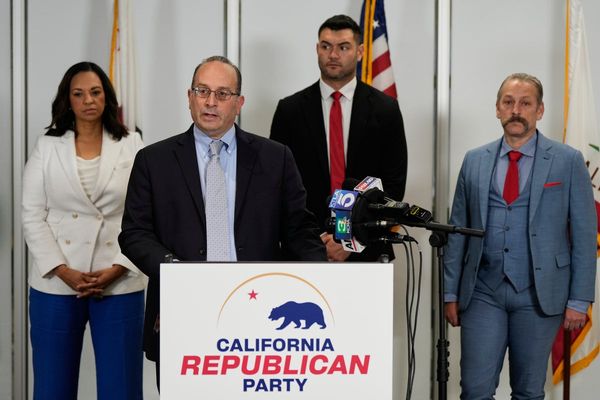
The rise of actively-managed ETFs is unmistakable-yet beneath the hype, the plot is a bit more nuanced than “everyone wins big.” For every new fund launch, many may find themselves all dressed up with nowhere to go.
- JEPQ ETF is standing out among a swarm of active ETFs. Track its prices live.
Globally, assets in actively managed ETFs have jumped past US $1.73 trillion by the end of September, while year-to-date inflows this year have already surpassed $447.72 billion, well ahead of the comparable period in 2024, per ETFGI’s September 2025 Active ETFs industry landscape insights report.
But as in any crowded party, being present doesn’t guarantee the limelight.
The Catch
Not everyone gets a turn on the dance floor.
While inflows are strong, distribution remains a challenge for many issuers. For example, broker-dealers still typically require track records, often at least three years, before putting money on their platforms. Without that, the new entrants struggle to find shelf space and scale. Data from Cerulli shows that about 71% of new issuers admitted to face these difficulties. And the rest 29% remained neutral. Meaning, none of the respondents claimed to not have any issues. So, by the time many active ETFs have attempted to break through, the stampede has already occurred.
Moreover, while the head-liners draw most of the attention and assets, the long tail— funds with niche themes, leverage or small-issuer backing— risk being left standing awkwardly by the wall. Indeed, research shows the majority of assets reside with a handful of managers: for example, globally, the top three active-ETF providers control nearly onethird of all active-ETF assets.
ETFGI report shows Dimensional Fund Advisors, the largest active ETF provider globally, managing approximately $238.28 billion and holding a 13.8% market share. JP Morgan Asset Management, with $231.46 billion in AUM, holds 13.4% market share. iShares follows, with $99.22 billion in AUM, holding 5.7% share. “Collectively, these top three providers—out of 618—account for 32.9% of global active ETF assets, while each of the remaining 615 providers holds less than 6% market share individually,” the report read.
Who’s Really Shining?
Some active ETFs are performing well. A few examples:
Below are listed the top U.S. active ETFs by flows, which includes the JPMorgan Nasdaq Equity Premium Income ETF (NASDAQ:JEPQ), which has accumulated around $9 billion in 2025 as of September-end, according to VettaFi.
iShares U.S. Equity Factor Rotation Active ETF (NYSE:DYNF) has accumulated the most net new money this year as of September— $10.6 billion.
iShares AI Innovation and Tech Active ETF (NYSE:BAI) comes next, having attracted around $5.5 billion this year till end of September.
These funds show that if you get scale and distribution working, you can be part of the win.
For the fund issuers, launching an active ETF today is about distribution muscle, cost discipline, and visibility. Many of the new entrants may simply languish in obscurity despite the broader category’s success. To investors-including the financially savvy, the growth of the category is undeniably outstanding, but that does not mean every new active ETF is a winner.
Attention needs to shift to issuer track record, fees, distribution footprint, and whether the product can actually reach investors, not just exist.
Read Next:
Image: Shutterstock







